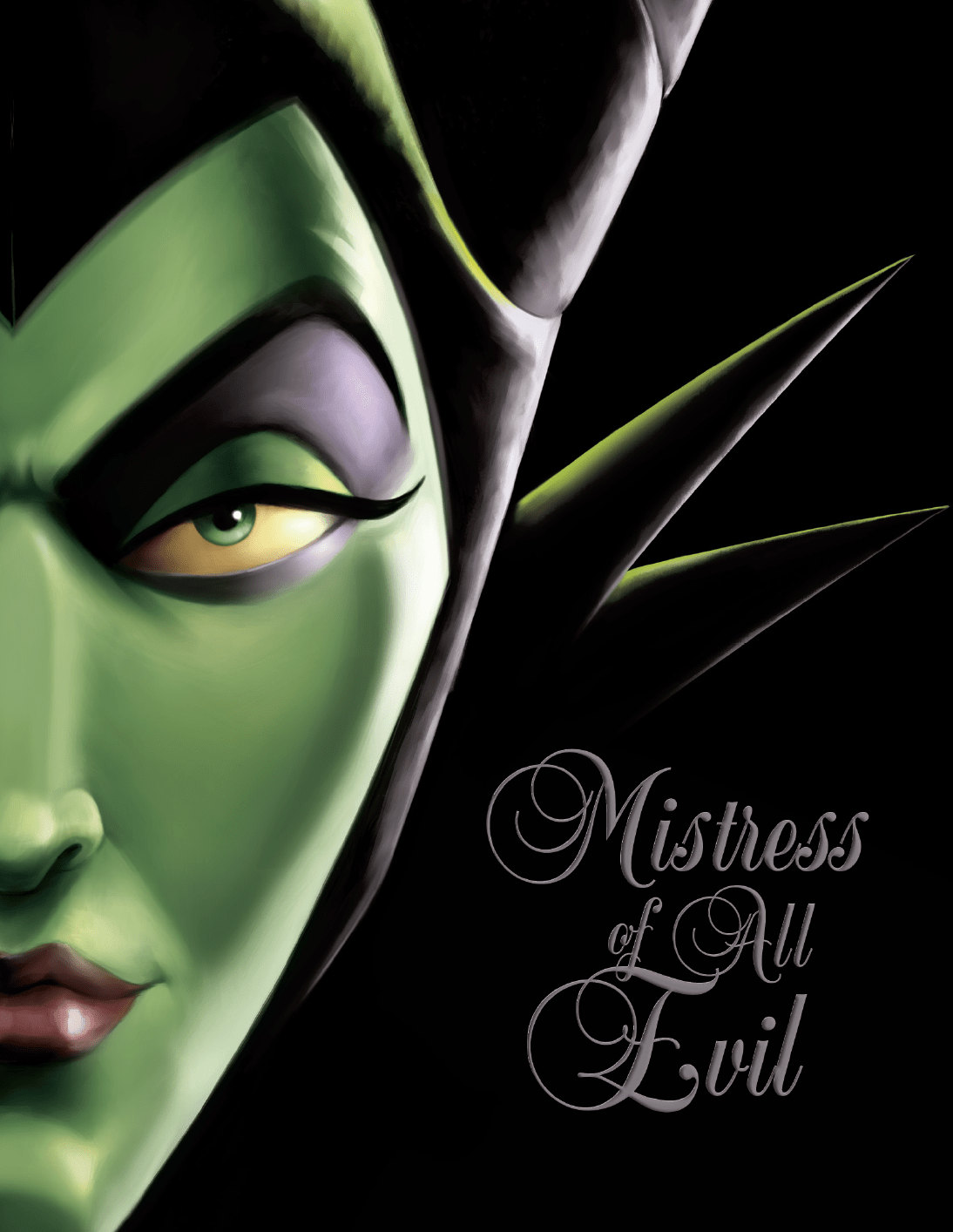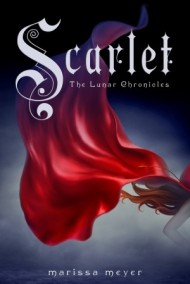Curses and Blessings
A review of Gail Carson Levine’s Ella Enchanted (Harper, 1997)
By Derek Newman-Stille

Ella Enchanted is a fascinating take on the Cinderella tale that exposes issues of patriarchal control in fairy tales. Ella of Frell is given a gift by a fairy at birth, something that in other fairy tales would be a blessing, but Ella comes to see her “gift” as a curse. Thinking young women should be compliant, the fairy Lucinda gives her the “gift” of obedience. No matter what she wants to do, she has to follow any command given to her. Being a person with a powerful personality, Ella does not submit easily, but finds ways to rebel against her curse by resisting it as long as she can (often to the point of pain) and by finding ways to comply with someone’s command without granting them their desires.
Gail Carson Levine’s version of the Cinderella tale is one of resistance and of a woman who seeks to make her own way in the world while everyone around her tries to control her. It is a tale that critiques recent Cinderella tales that espouse the idea that wishes can come true and that magic always helps. In Ella Enchanted, magic is dangerous, often bringing with it dire results.
Gail Carson Levine critiques fairy tales on multiple levels in her tale. By making Ella a person who loves fairy tales, Carson Levine makes her character a critical witness to the creation of fairy tales. Ella is given a book of fairy tales by a fairy that gives substance and character development to the tales. We are told by Ella that she encounters “a real fairy tale this time, “the Shoemaker and the Elves.” In this version, though, each elf had a personality, and I came to know them better than the shoemaker. And I finally understood why the elves disappeared after the shoemaker made clothes for them.” Carson Levine provides us with a microcosm of what she is doing with Ella Enchanted, providing readers with a fairy tale where characters are given personalities and substance and supernatural beings are more than just deus ex machina. Where most traditional fairy tales, like those of the Grimm Brothers, tend to focus on the story over the personalities of the characters, Gail Carson Levine creates a character-driven narrative that allows the reader to have an insight into the personalities of the characters.
To discover more about Gail Carson Levine, go to https://www.gailcarsonlevine.com/index.php
To find out more about Ella Enchanted, go to https://www.gailcarsonlevine.com/ella.html











